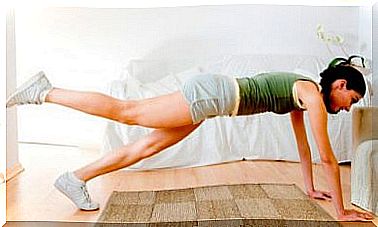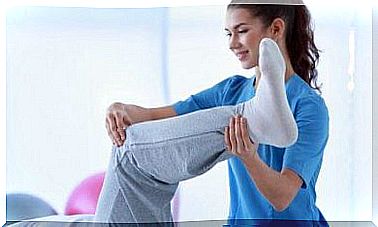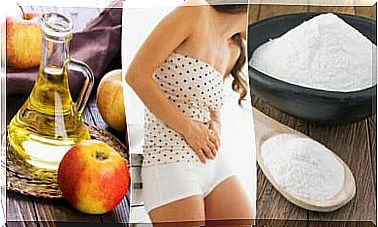Prickly Heat In Infants – Are They A Cause For Concern?
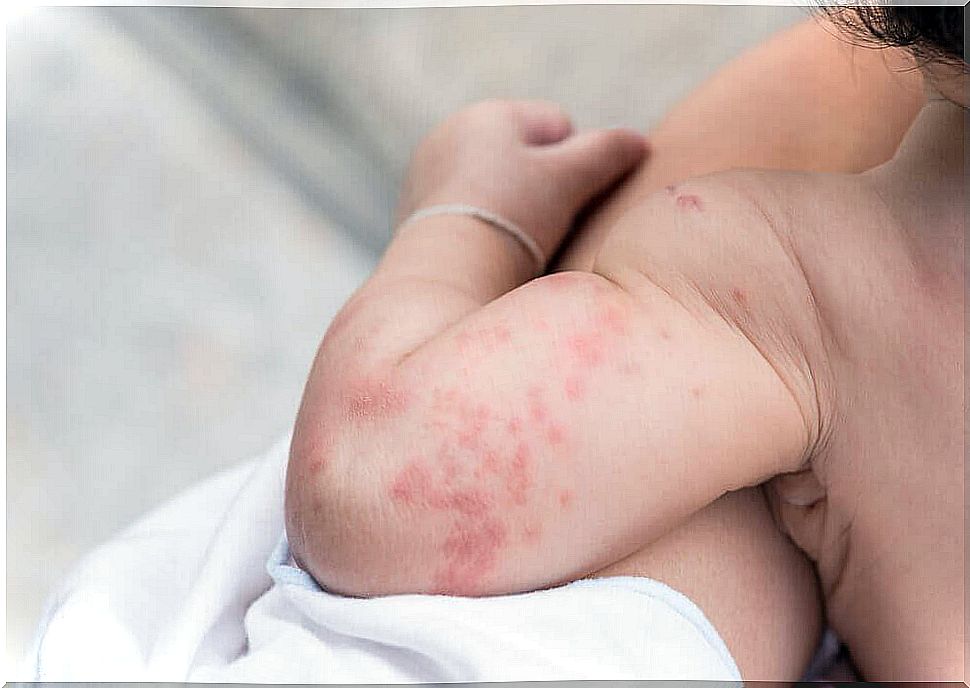
When you notice heat rash in your baby, you certainly get worried. However, remember that this is a mild, temporary skin condition and there is no need to worry.
This ailment is quite common in hot and humid conditions. Most often it affects newborns and children under the age of one. It develops as a result of obstruction of sweat tubules. Since sweat cannot drain off, it develops a rash or small blisters that are often mistaken for other skin conditions.
So is heat rash a cause for concern?
While it is important to take certain steps to reduce the discomfort of your baby, remember that heat rash is not serious and usually does not lead to any other skin conditions.
Where does prickly heat come from?
Heat rash is a skin reaction that results from the malfunction of the sweat ducts in babies. It makes it difficult for sweat to flow away from the body through the skin, leading to small red spots or blisters.
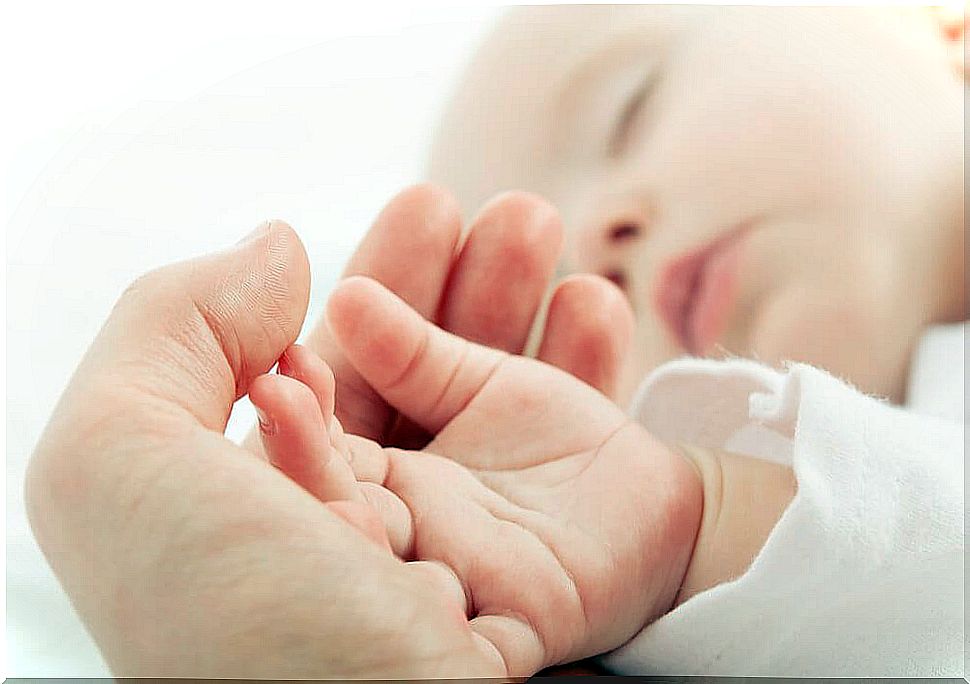
Basically, it affects the areas that sweat the most: neck, chest, back, etc. However, they can appear anywhere on the body. Due to the appearance of prickly heat, some people believe that it is due to poor hygiene.
Unlike other rashes, heat rash is not accompanied by a fever. In addition, the condition usually disappears on its own, without the need for treatment. It is not contagious, and does not leave marks or scars on the skin.
Risk factors
Babies several weeks old are most at risk of developing prickly heat, especially if they live in hot and humid climates. It is also more common in children with eczema or dry skin.
In general, risk factors include :
- mild or high fever
- high ambient temperatures,
- the presence of bacteria ( Staphylococcus ) on the skin,
- the use of powders and milks that clog pores.
Symptoms of heat rash in babies
The main symptom of heat rash is a skin rash. It may take the form of small blisters that will be hard and rough to the touch.
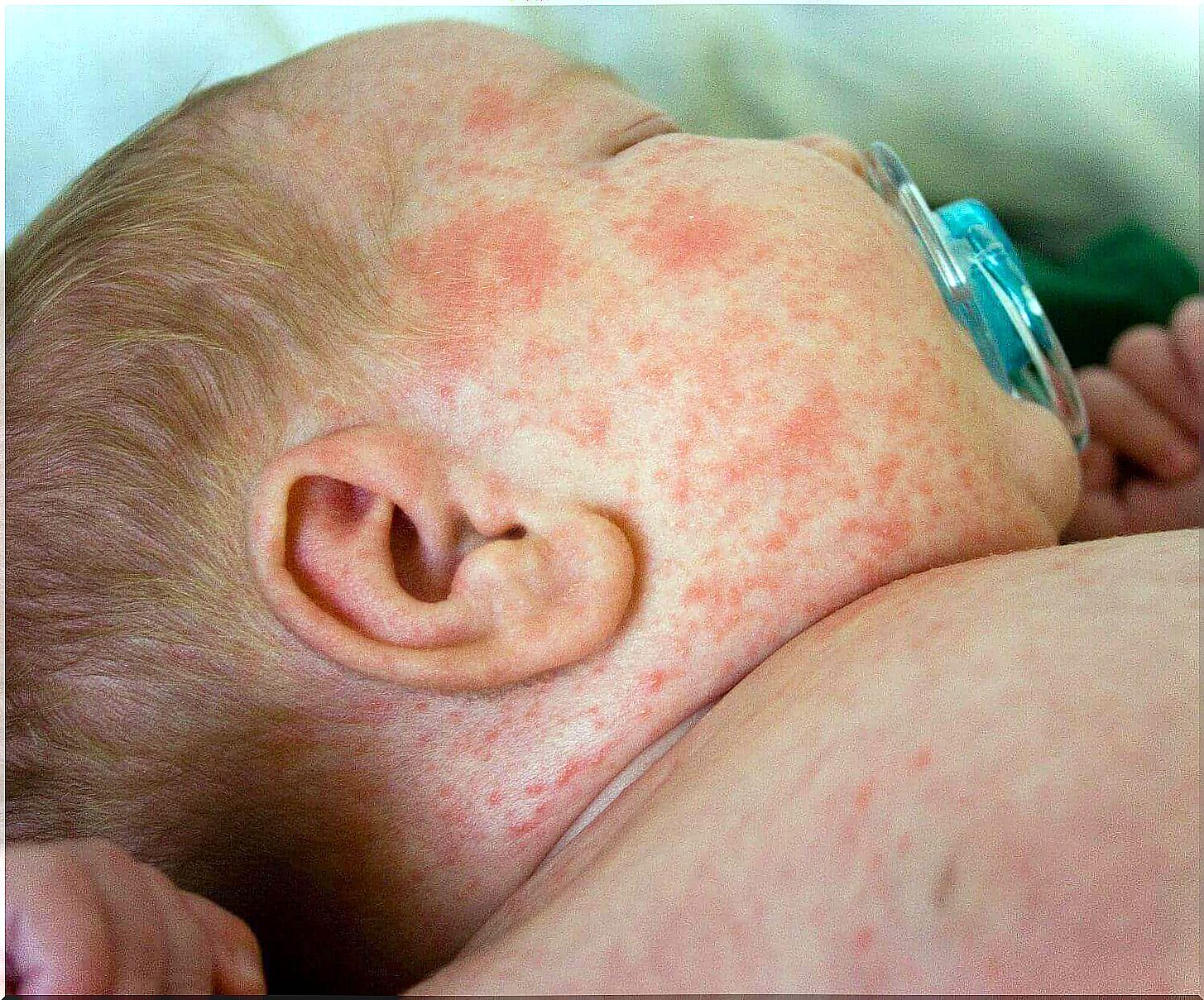
In most cases, it will occur in places with a high concentration of sweat tubules, such as:
- skin folds,
- forehead, eyelids and cheeks,
- your baby’s chest,
- backs,
- groin and thighs,
- armpits and arms.
Since heat rash is not an infection, it is not accompanied by a fever. However, due to the fairly severe itching, your baby may be restless and grumpy.
How to avoid prickly heat? – Tips
The best way to avoid heat rash is to prevent your baby from sweating too much. Unfortunately, this can be quite difficult in summer. Therefore, you will probably be eager to learn how to provide your child with comfortable conditions in high ambient temperatures.
Here are some tips:
- Check the diaper frequently and change it as soon as it gets wet. This way you will eliminate overheating and prolonged exposure to moisture.
- Cool your baby with a lukewarm bath. However, do not use irritating soap.
- When drying your baby’s skin, avoid rubbing it too much with a towel. Otherwise, you will aggravate the skin irritation.
- Choose light clothes made of breathable fabric or cotton.
- Avoid too much sun exposure and be careful when going outside.
- Touch your baby’s skin to make sure it is not overheated and sweaty.
- Make a compress of gauze or a soft cloth soaked in a water solution of baking soda and apply to the irritated area.
- Avoid wrapping and multi-layered clothing, especially when it’s hot outside.
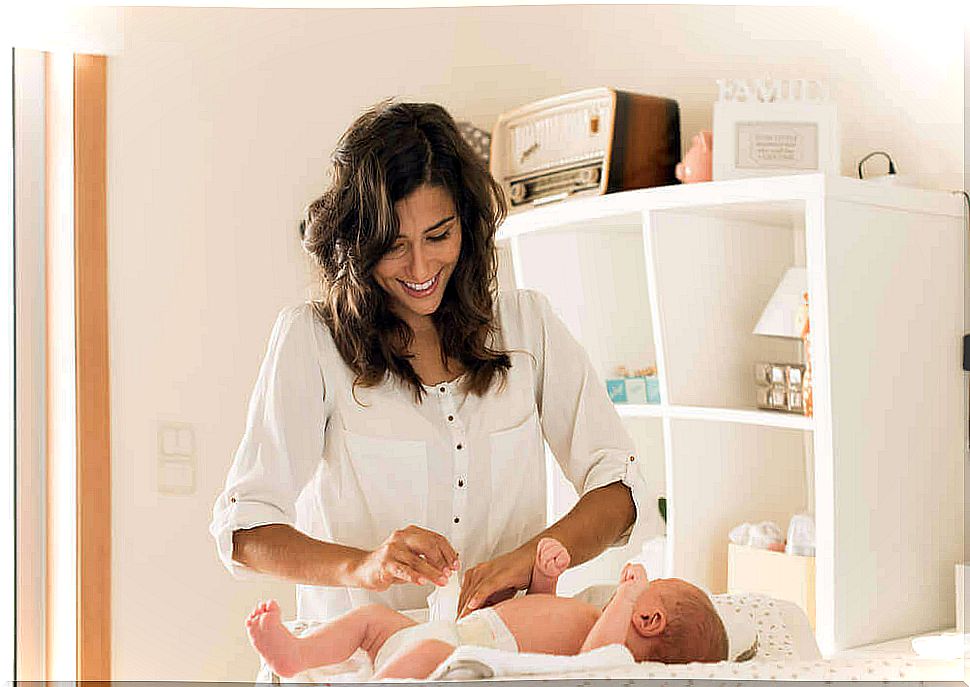
How to treat heat rash in babies?
However, if your baby is very uncomfortable, or if you have frequent rheumy, your doctor may recommend a prescription cortisone cream. Natural soothing measures include a chamomile bath or the application of aloe-based preparations.
To sum up…
Sweat is a mild condition that is not dangerous for your baby. However, since its symptoms can be tiring for him, it’s good to know how to reduce his discomfort.

